DISCOVER THE CAMPANIA REGION
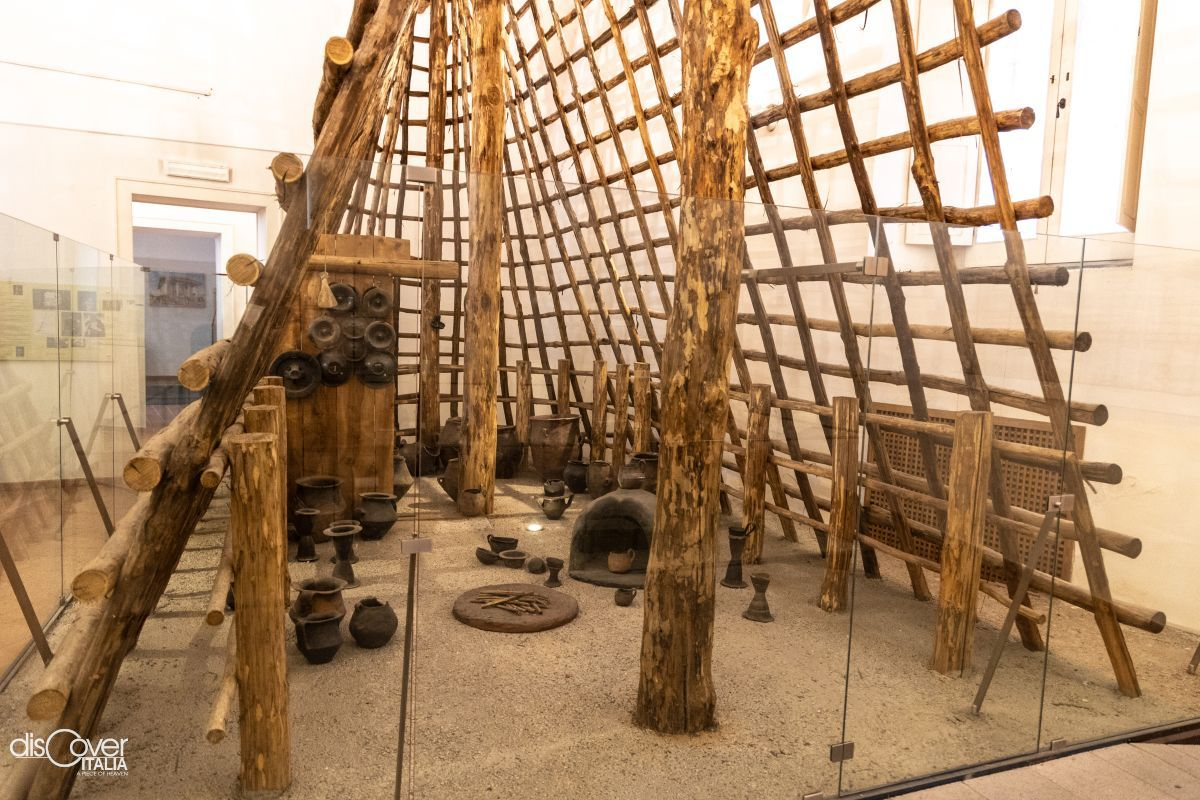
The treasure chest, in the center, is a monastery dedicated to Holy Mary the Nova dating back to 1521, when it was created within the pre existing medieval castle “Casale Nuovo”.

The great river accompanied them through the Apennines. They had travelled along its course from the Adriatic, looking for new fertile and welcoming lands beyond the mountains.
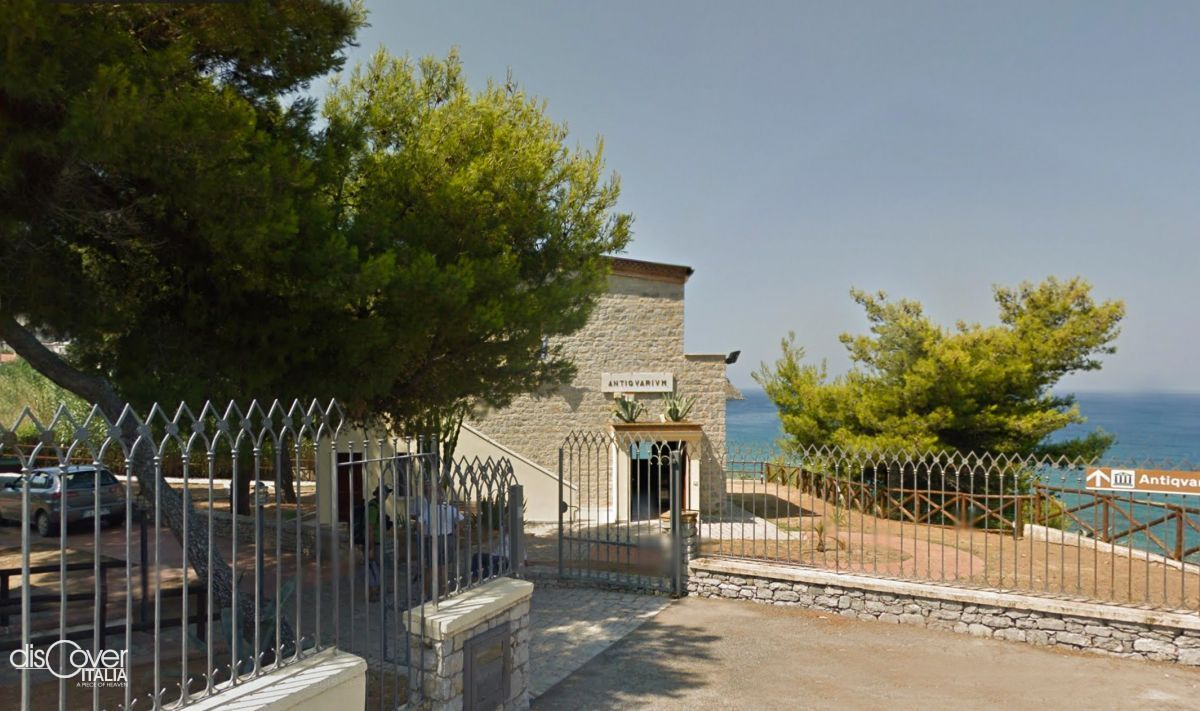
A stone building, harmoniously inserted in a pine forest and placed on a rock spur overlooking the splendid cove with the Ficocella beach.
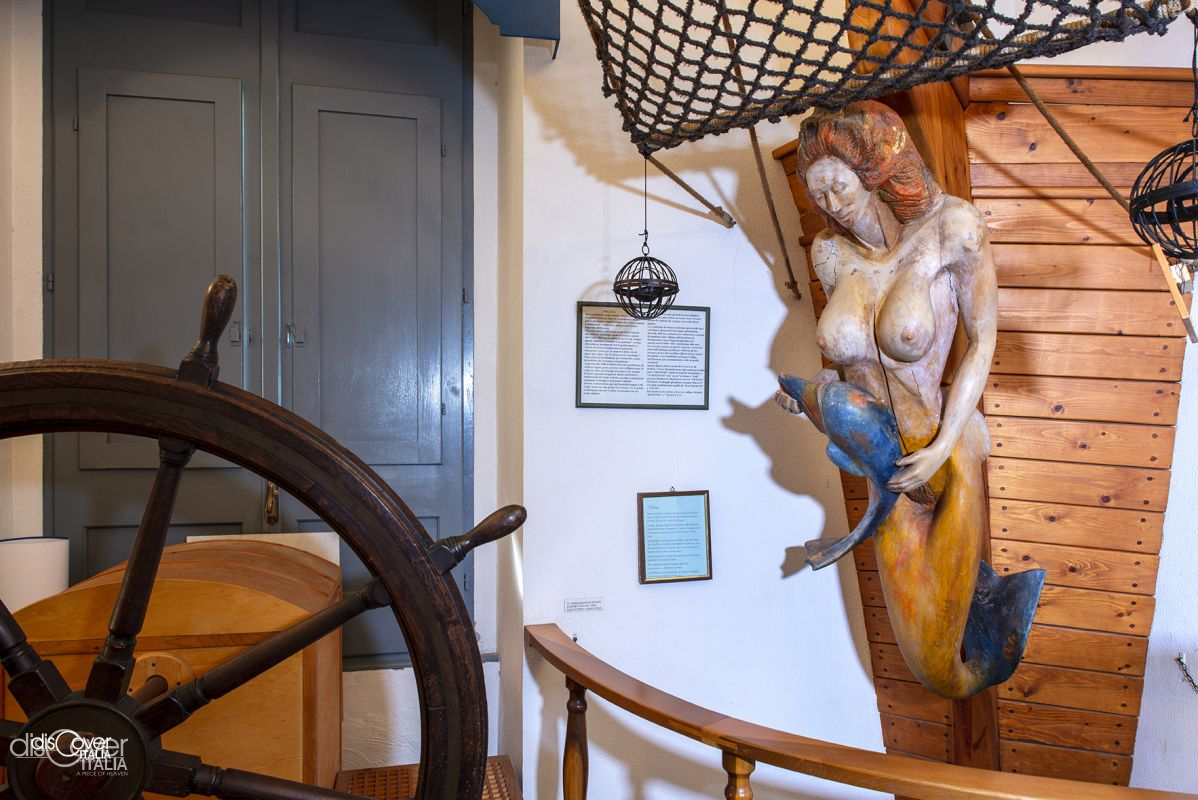
When in the fourteenth century it began to form on the large island, in front of the Castle then the City of Ischia, it was the Borgo di Mare.
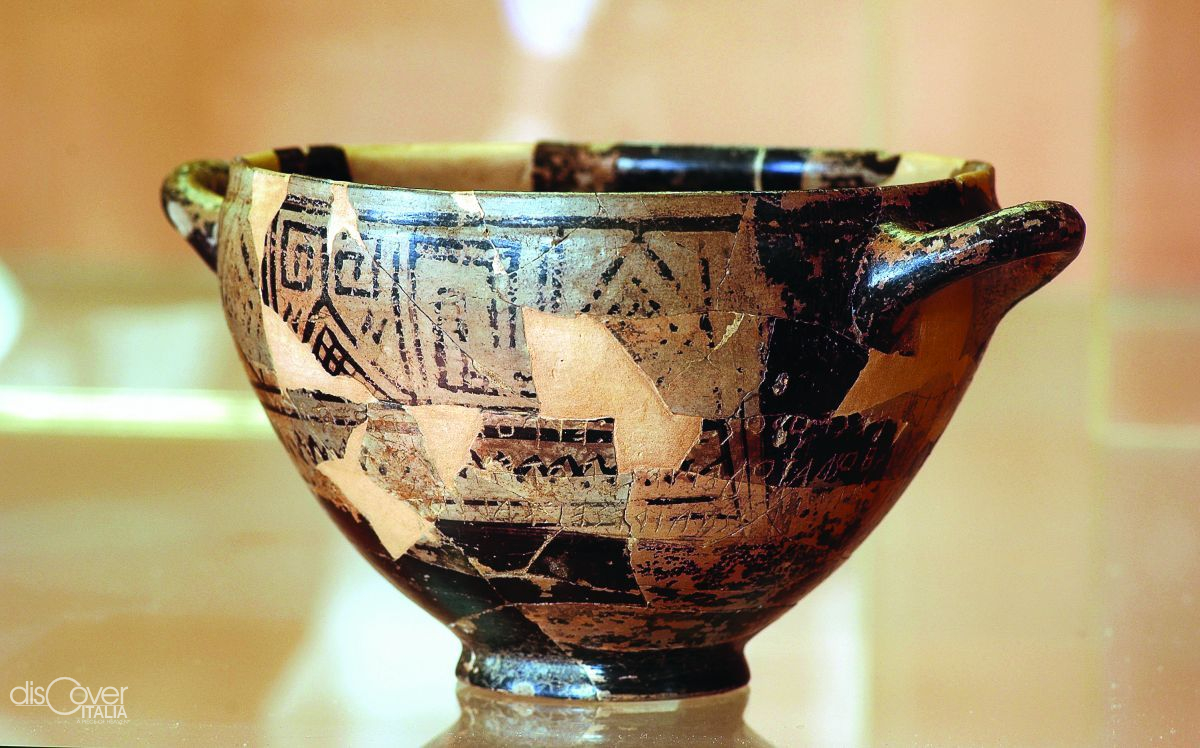
Originally there was an Antiquarium, created in the large space that in ancient times had been used as a cistern for the inhabitants of Villa de' Bagni, the current Ischia Porto.

In the night, the scenographic lights enhance and soften the imposing shapes of the fortress with four towers, subtracted from the aggressions of time and the effects of a long abandonment.
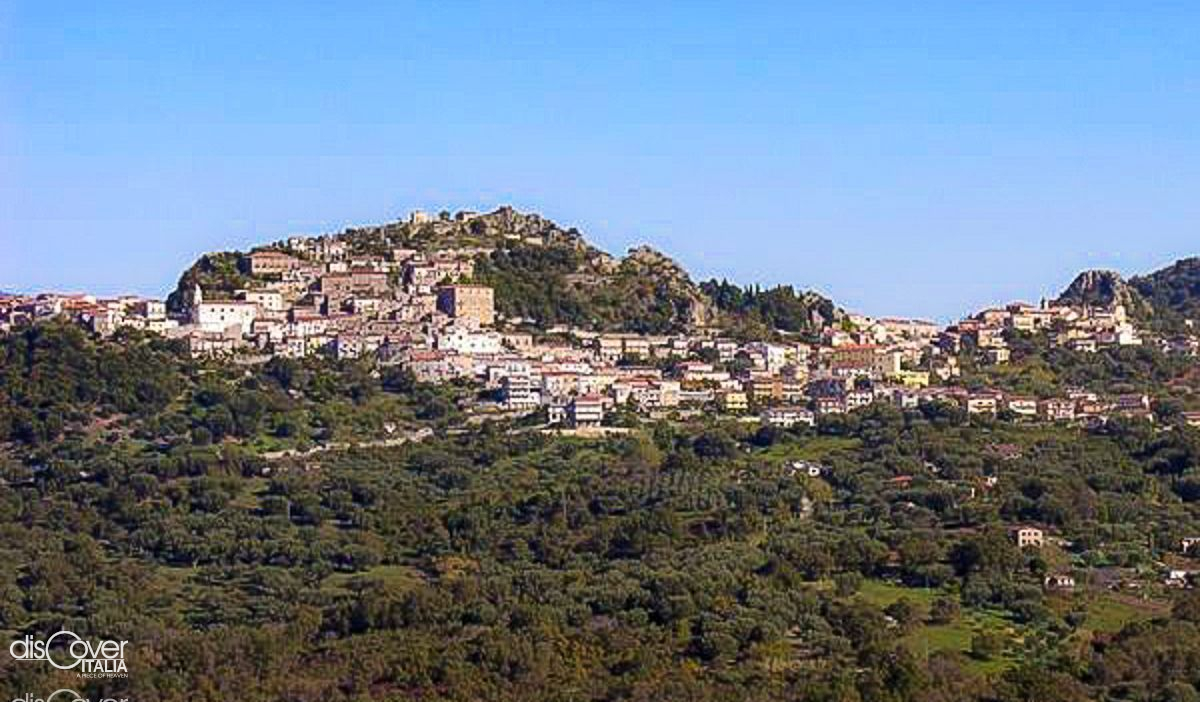
Aveva solo venticinque anni quando la vita la abbandonò. In suo onore fu costruita una grande tomba, come era d’uso fra le famiglie nobili e ricche della comunità, dove un letto di pietra accolse le sue spoglie.
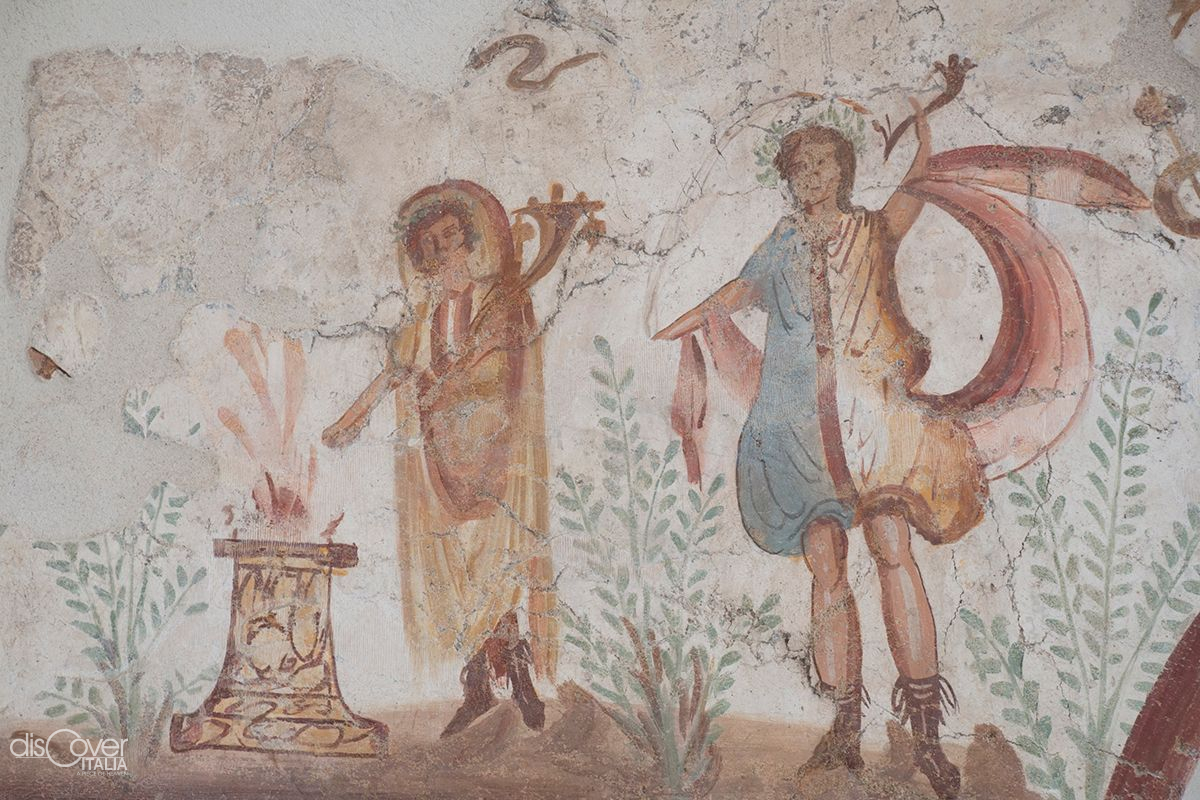
In the 1930s it was built to be used as a slaughterhouse. In the center of Terzigno, the building on two floors, with simple and elegant lines, fell into total abandonment only a few decades later.

The sound and the scent of the sea reach up there, at the highest point of Terra Murata, more than ninety meters high, where the sacred place rises from which the history of the entire village began.
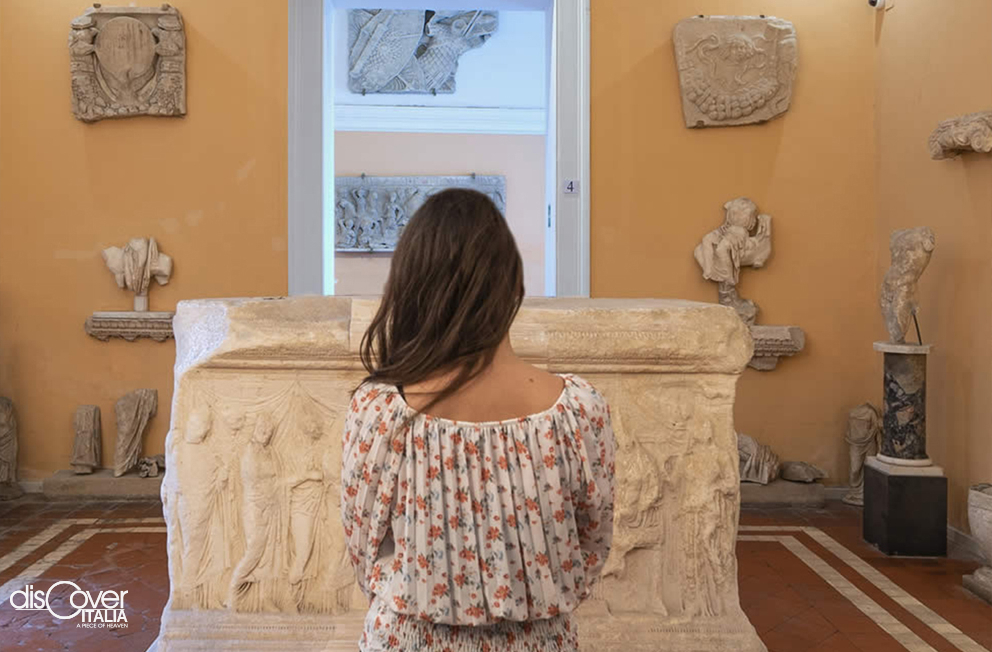
“The most beautiful Italian provincial museum” (Amedeo Maiuri)
The passion for the arts transmitted in the family had been able to cultivate and refine it since they were children.

From the height of which it occupies the summit, the castle of Gesualdo majestically dominates the Calore valley.
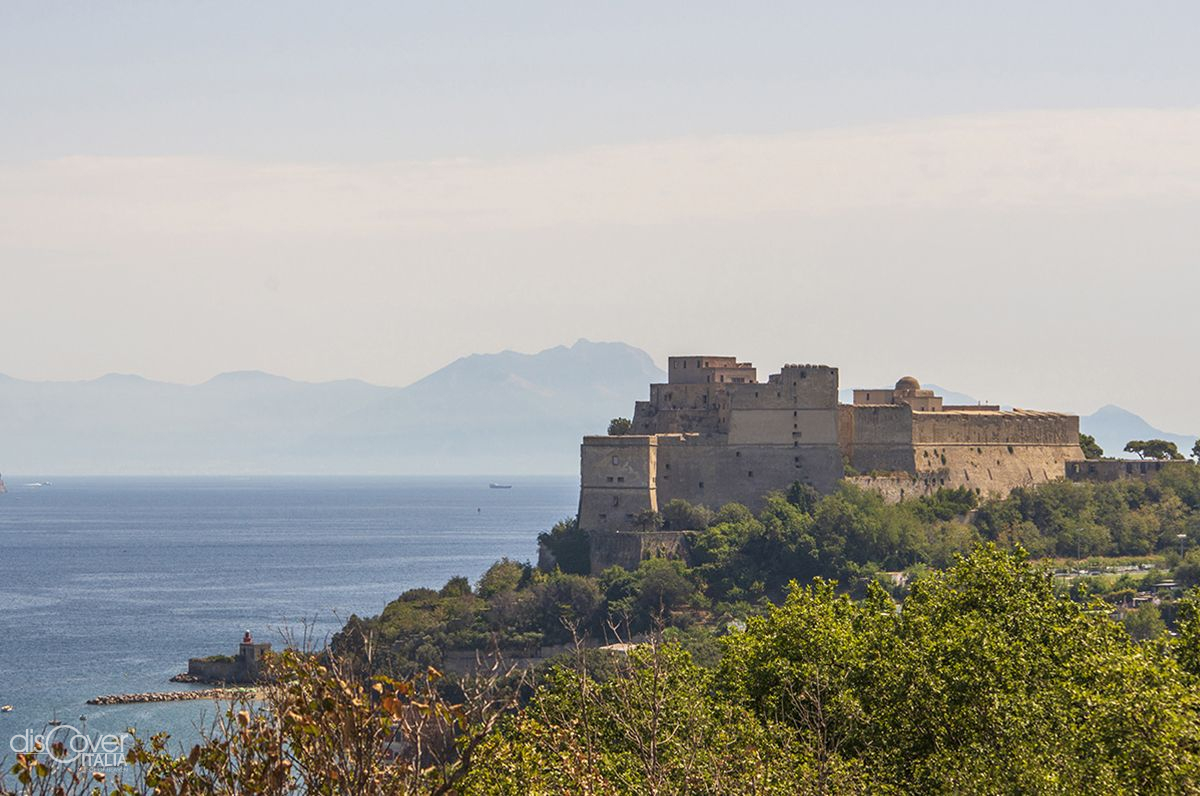
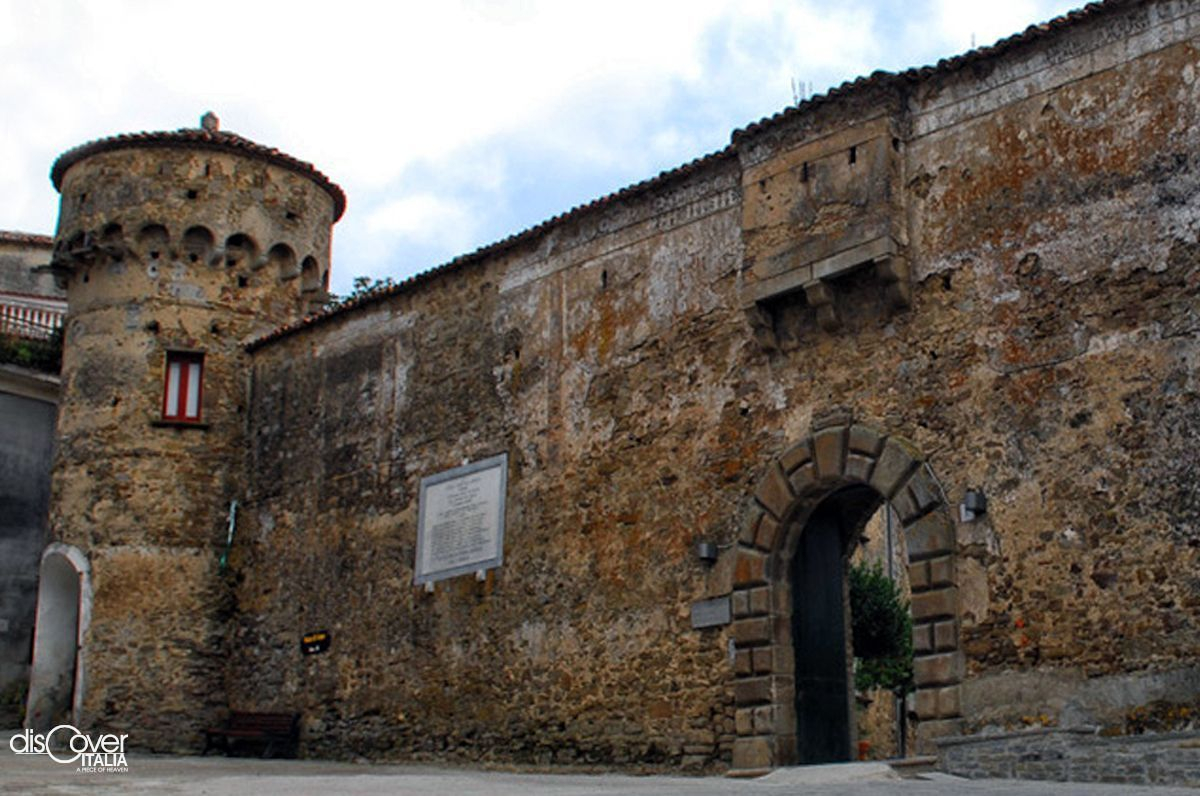
The rich library of the convent of Santa Maria della Pietà, in the countryside outside the hamlet of Vatolla, was an irresistible attraction. Giovan BattistaVico was often there, as soon as his commitments as tutor of the children of baron Domenico Rocca, owner of the castle left him free time.
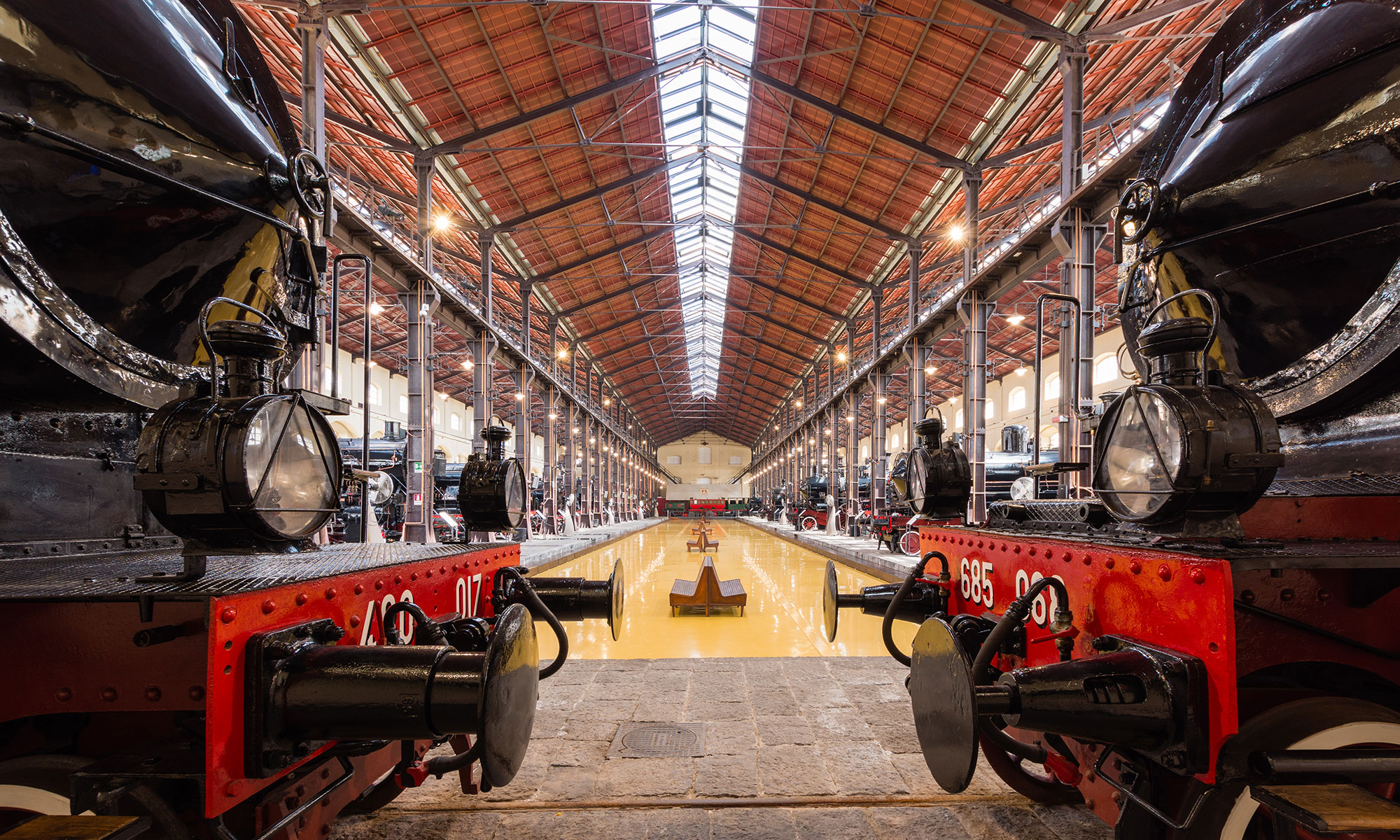
Originally it was Pietra Bianca. Then, after the eruption of Vesuvius in 1631 whose materials reached there, the name changed to Pietrarsa.
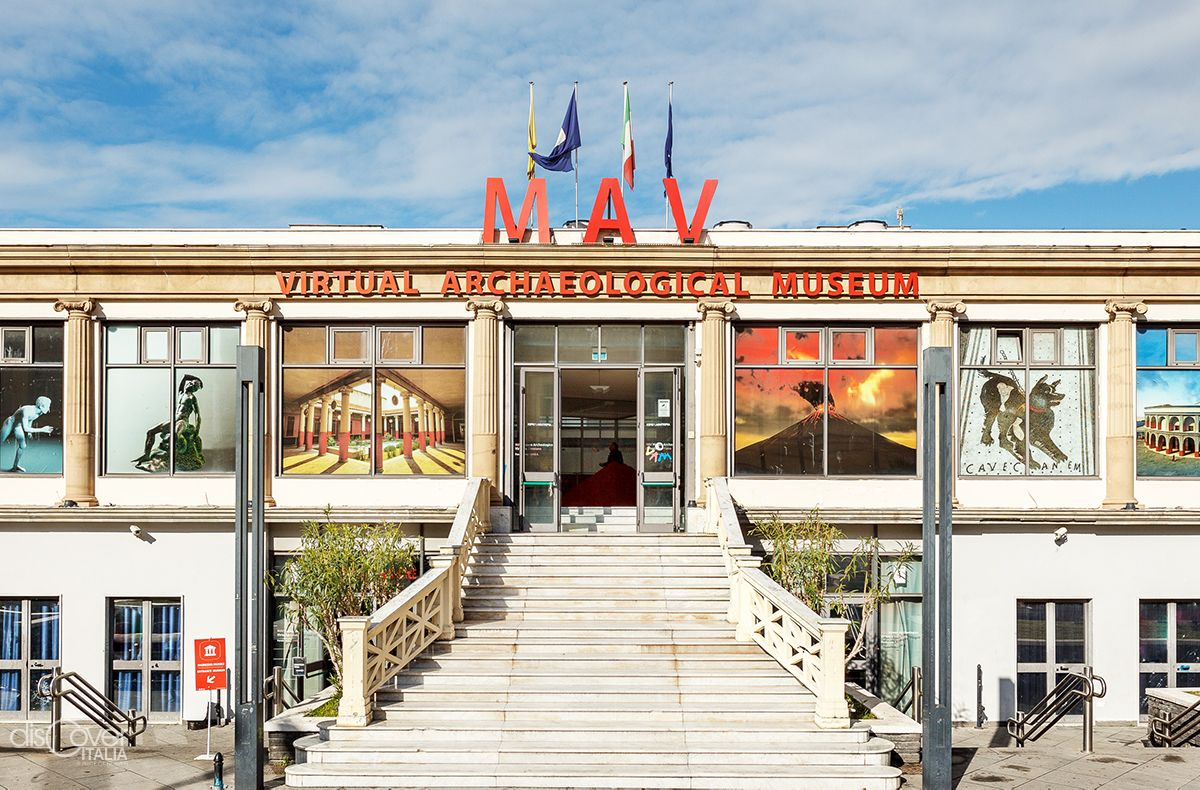
A pochi passi dagli scavi archeologici dell’antica Herculaneum sorge il MAV, un centro di cultura e di tecnologia applicata ai Beni Culturali e alla comunicazione, tra i più all’avanguardia in Italia.

Man and Environment in the Vesuvian Territory
It is the ideal ending of the visit to the adjacent Villa Regina, the only one of the rustic villas in Boscoreale to be open to the public.
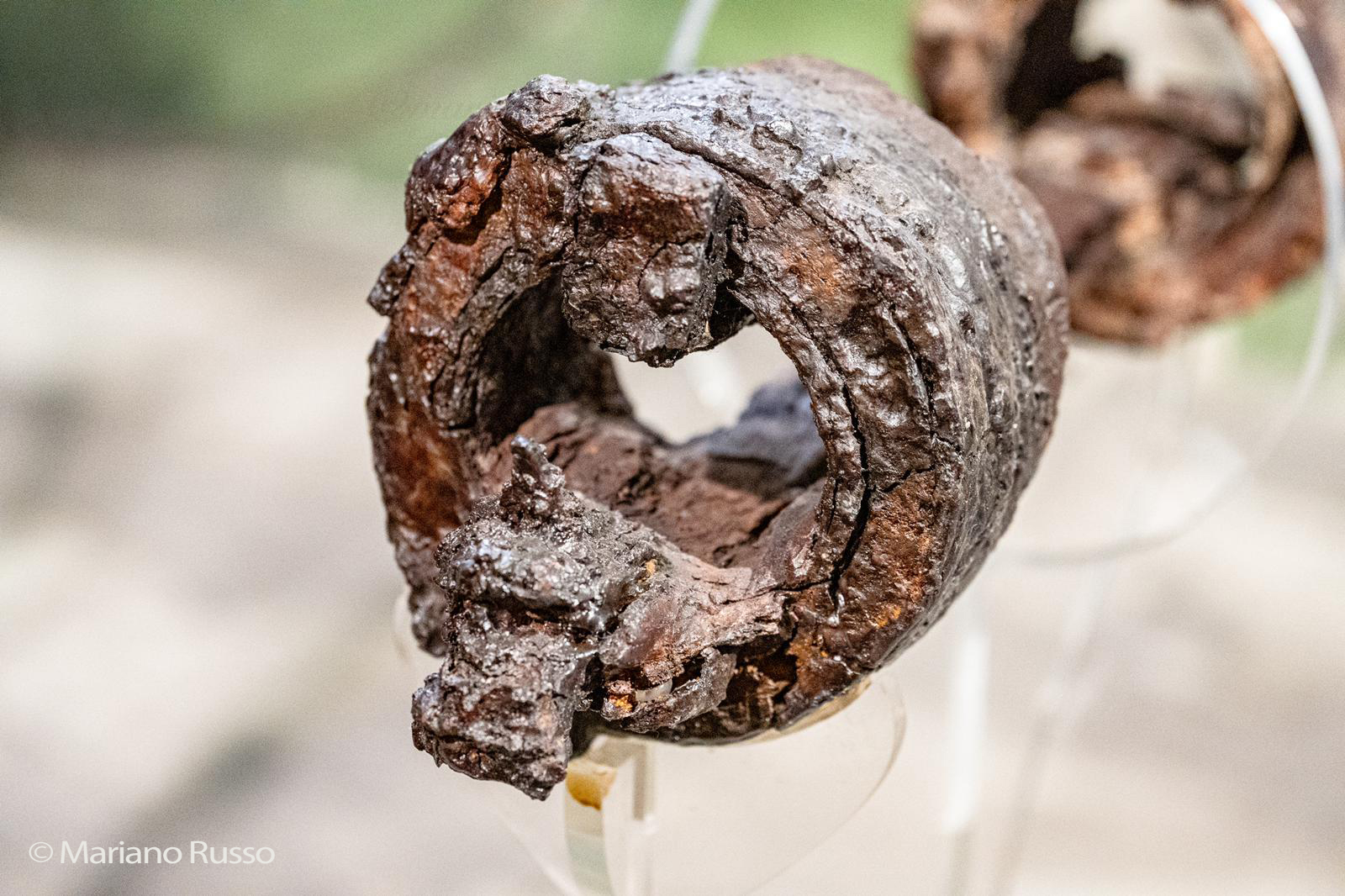
From Boccaccio to the Grand Tour and now also museum.
Clean air and lush green. Plus the unforgettable view over the Gulf of Naples. These features attracted attention to the hill at the bottom of Mount Faito, which appeared to be an ideal place to build a royal residence. As it happened in the second half of the 13th century, definitely before 1280. The first to enjoy the excellent position of that building was Charles I of Anjou, at whose epoch date back the oldest documents of
...
A rocky spur rising from the sea. An amazing view from the Gulf of Naples. A wide park of Mediterranean plants, with abundant massive historic trees and flowers. And a magnificent nineteenth-century two- story villa in Neoclassic style, harmoniously inserted in the landscape, rich of prestigious embellishments inside and outside, which a meticulous and respectful renovation has restored to its original appearance after the earthquake of 1980.
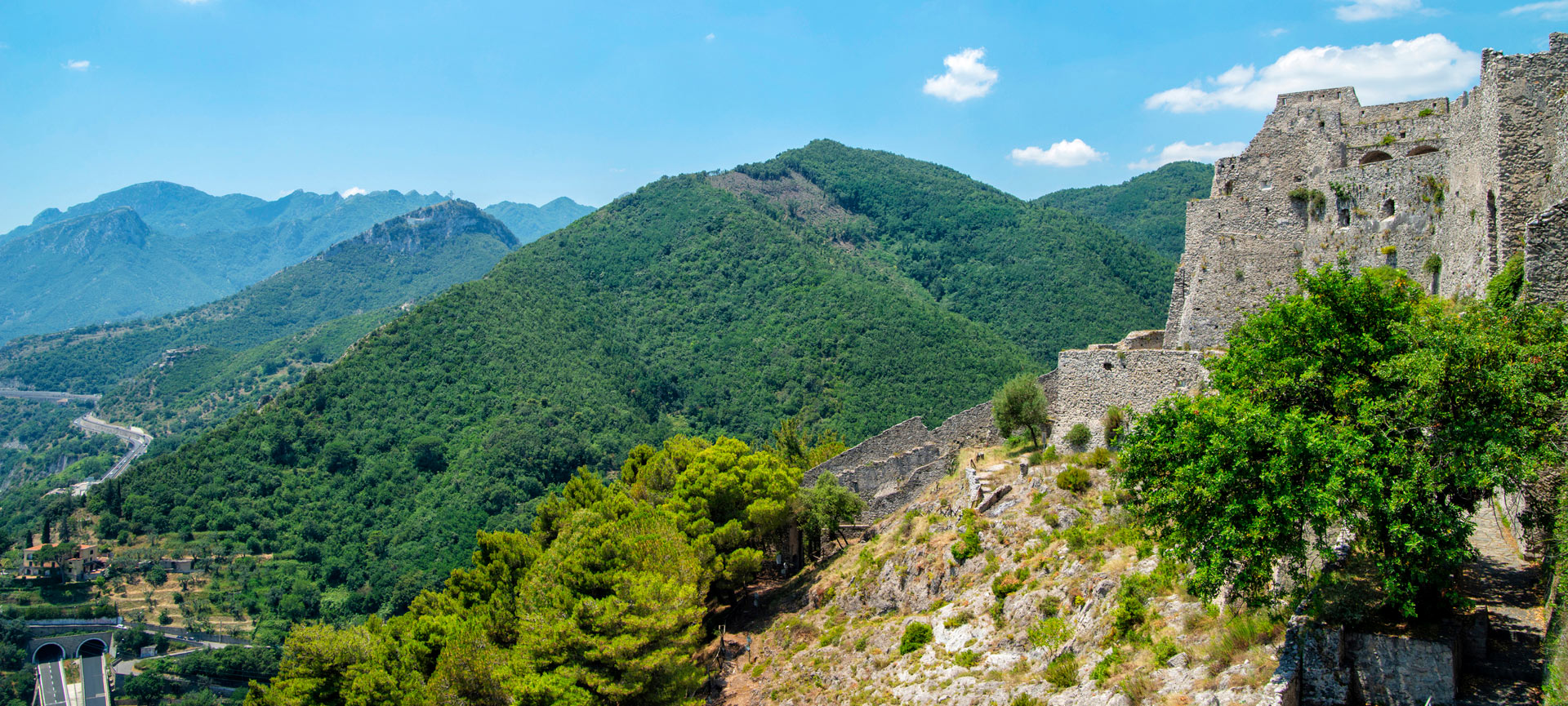
Fin dalla prima volta che aveva visto il posto, era stato chiaro al duca Arechi II che lì era tutto ciò che cercava.

The Ripoli, rich merchants who arrived in Pollica in the Aragonese period, came from Catalonia. In the Cilento town where they settled, their wealth multiplied, and they used this richness to also build an imposing castle on the sea, in the nearby hamlet of Pioppi.
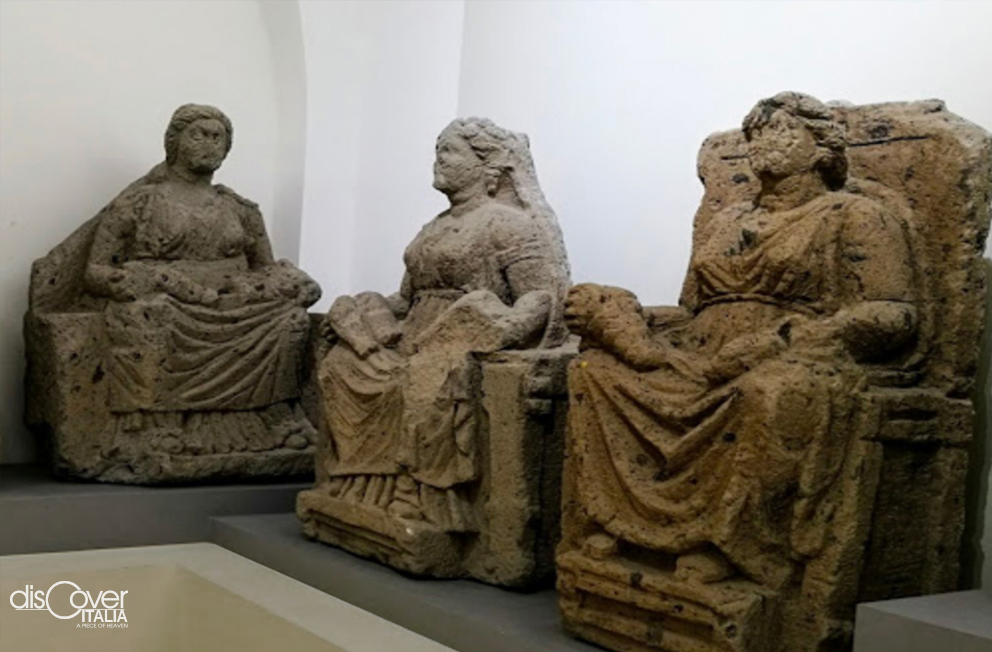
A mine of archaeological findings, works of art, documents and historical evidence. It is the Museo Provinciale Campano of Capua, founded in 1870 by the canon Gabriele Iannelli, an illustrious archaeologist who was also its first director, and inaugurated in 1874 in the prestigious Antignano Palace, an appropriate treasure chest for such a significant content.
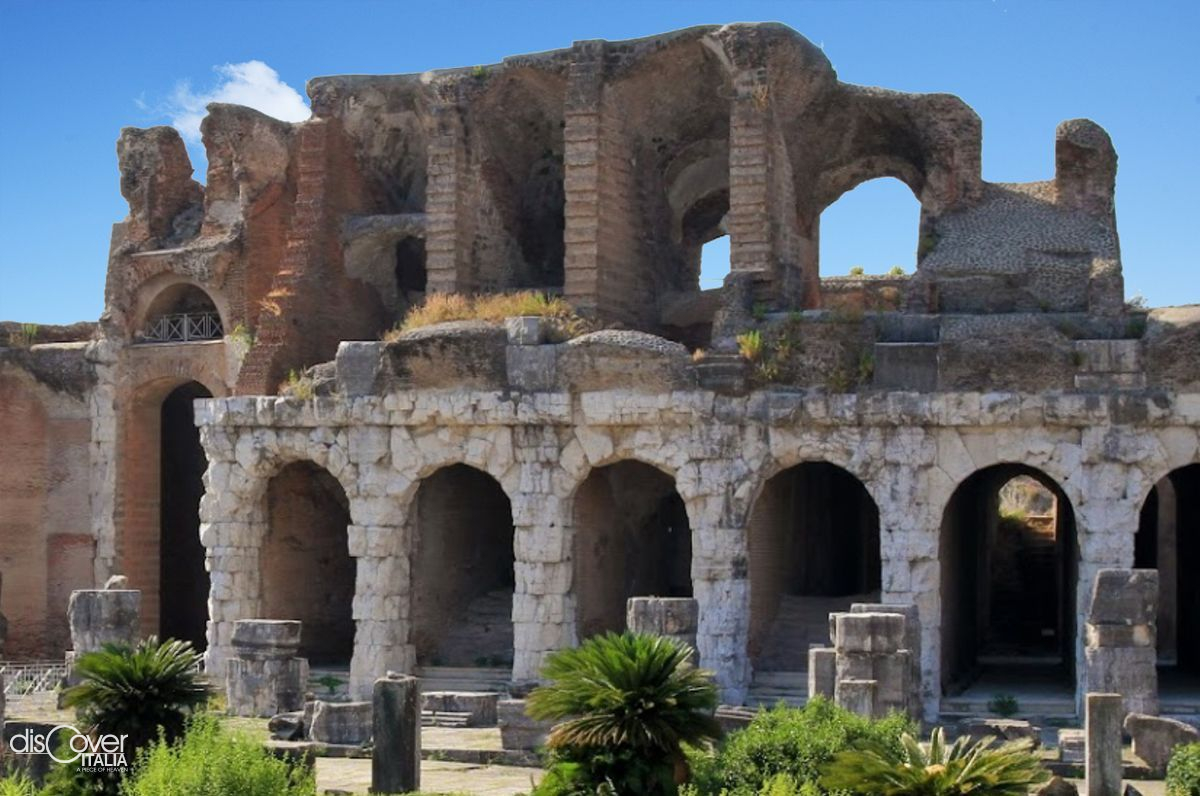
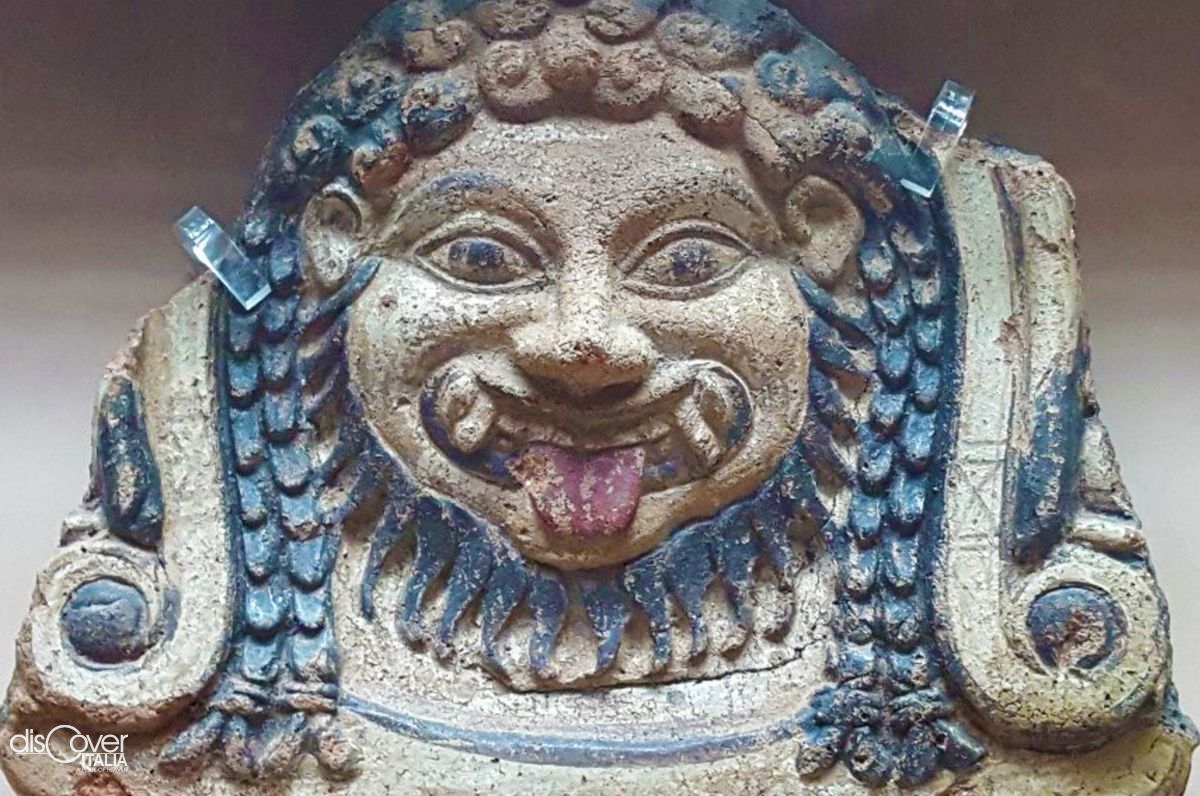
The museum, housed in the Tower of Sant’Erasno, displays the materials obtained from the excavation campaigns carried out in the territory of Capua in the second half of the 20th century. In the ten rooms open to the public, the findings from the 10th to the 1st century BC are exhibited in chronological order and taking into account the context of the excavation.
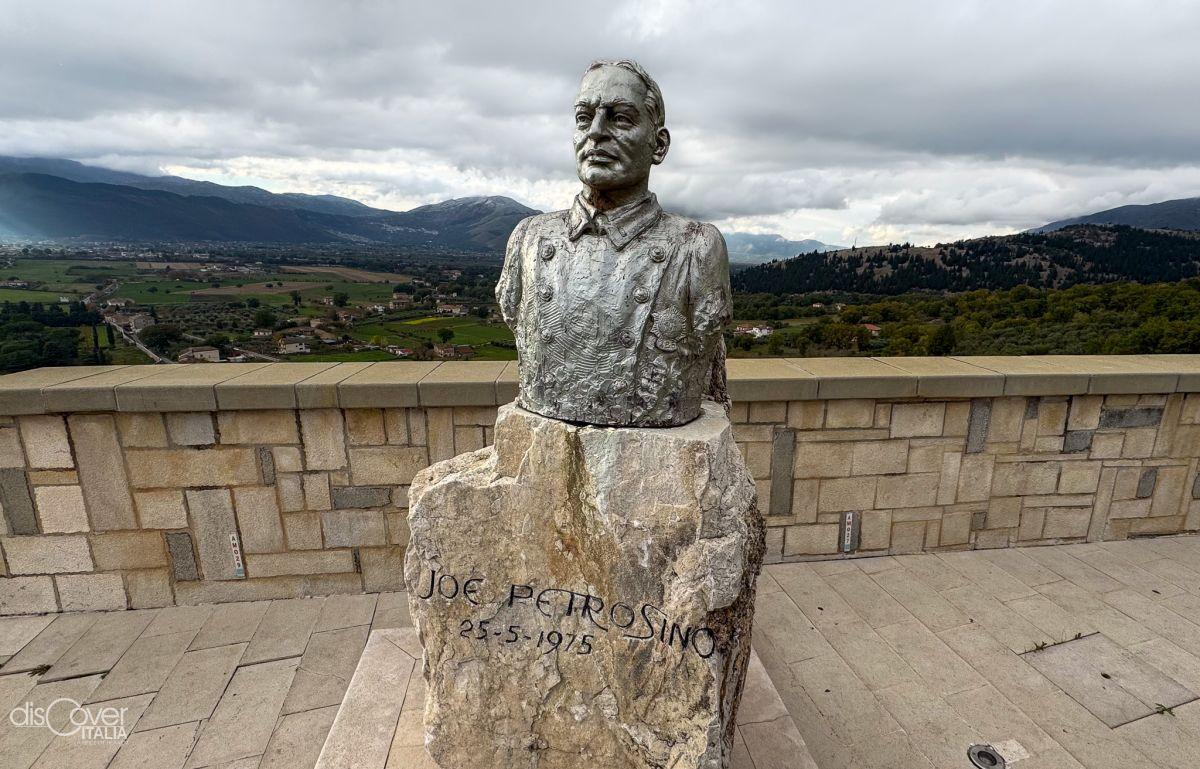
He had returned to Padula in March 1909 that would have been fatal to him. A few days before reaching his main destination, Palermo, where the mafia was already warned and ready to kill him.
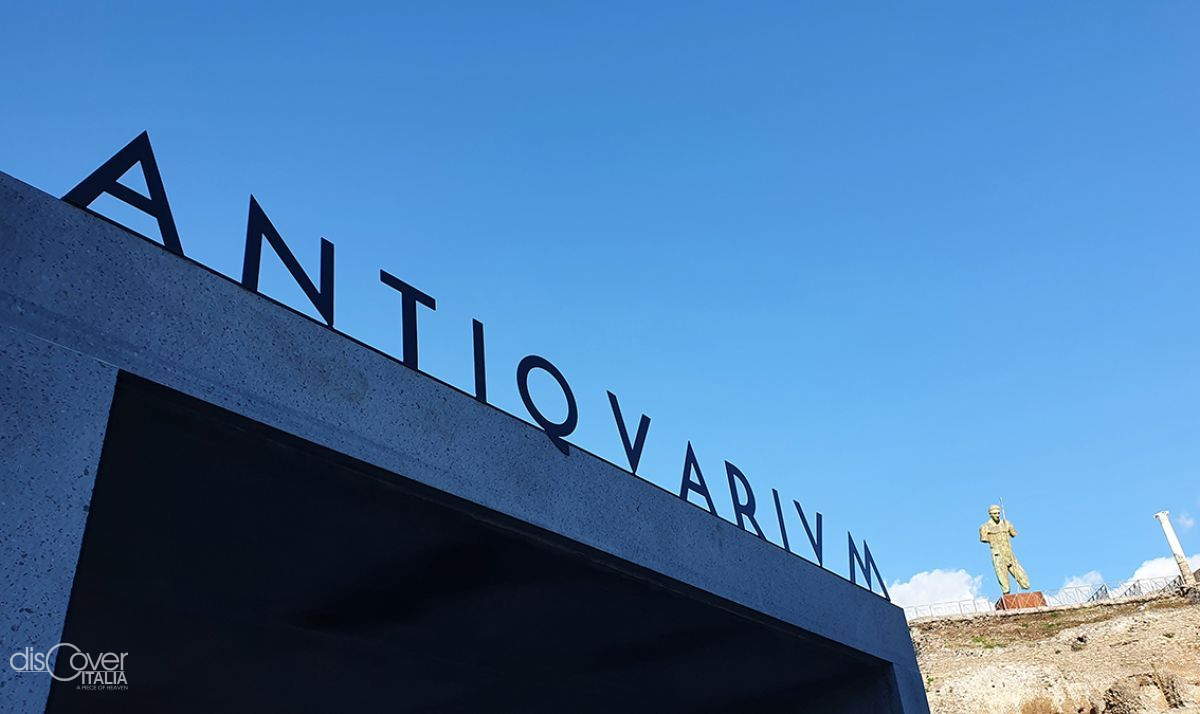
On the 25th of January, 2021, the newly refurbished Antiquarium of Pompeii opens to the public: a museum specifically intended as a permanent exhibition for the finds illustrating the history of Pompeii.
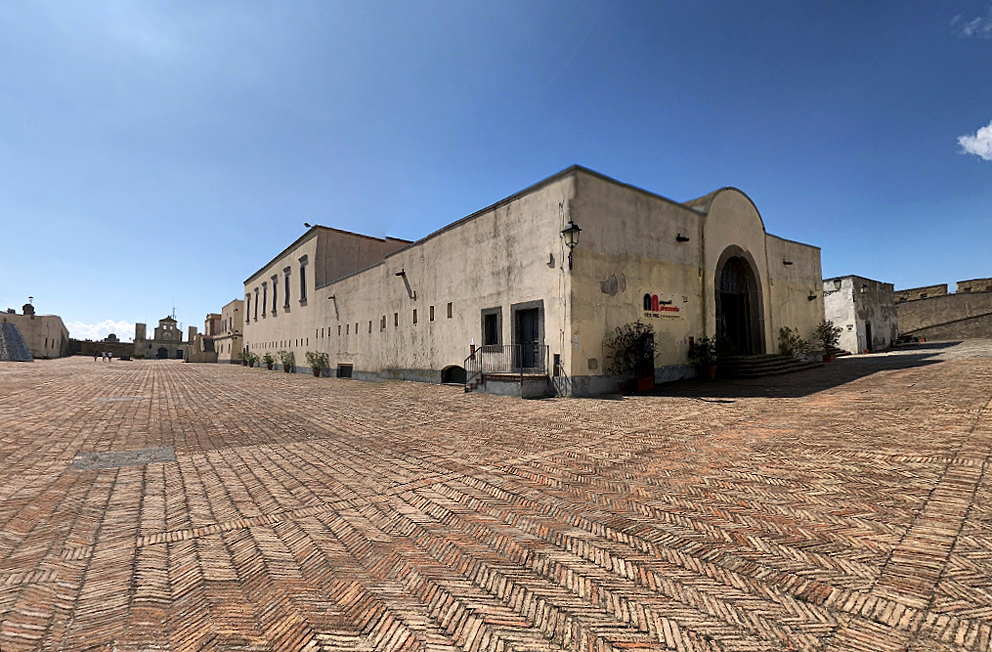
Contemporary to the Padula one, the complex of the Charterhouse on the Vomero hill dominating the city is part of the context of Angevin religious patronage and shows the expansion of the Cartusians order into the Kingdom of Naples.


In the central district of San Lorenzo, in Via Settembrini, the Museum of contemporary art, well-known with the acronym “Madre”, is identified with the historic Donnaregina Palace, edified in the 18th century on a section of the ancient city walls of the 5th and 6th centuries, which is visible in the ticket office area, with modifications dating back to the 19th century.
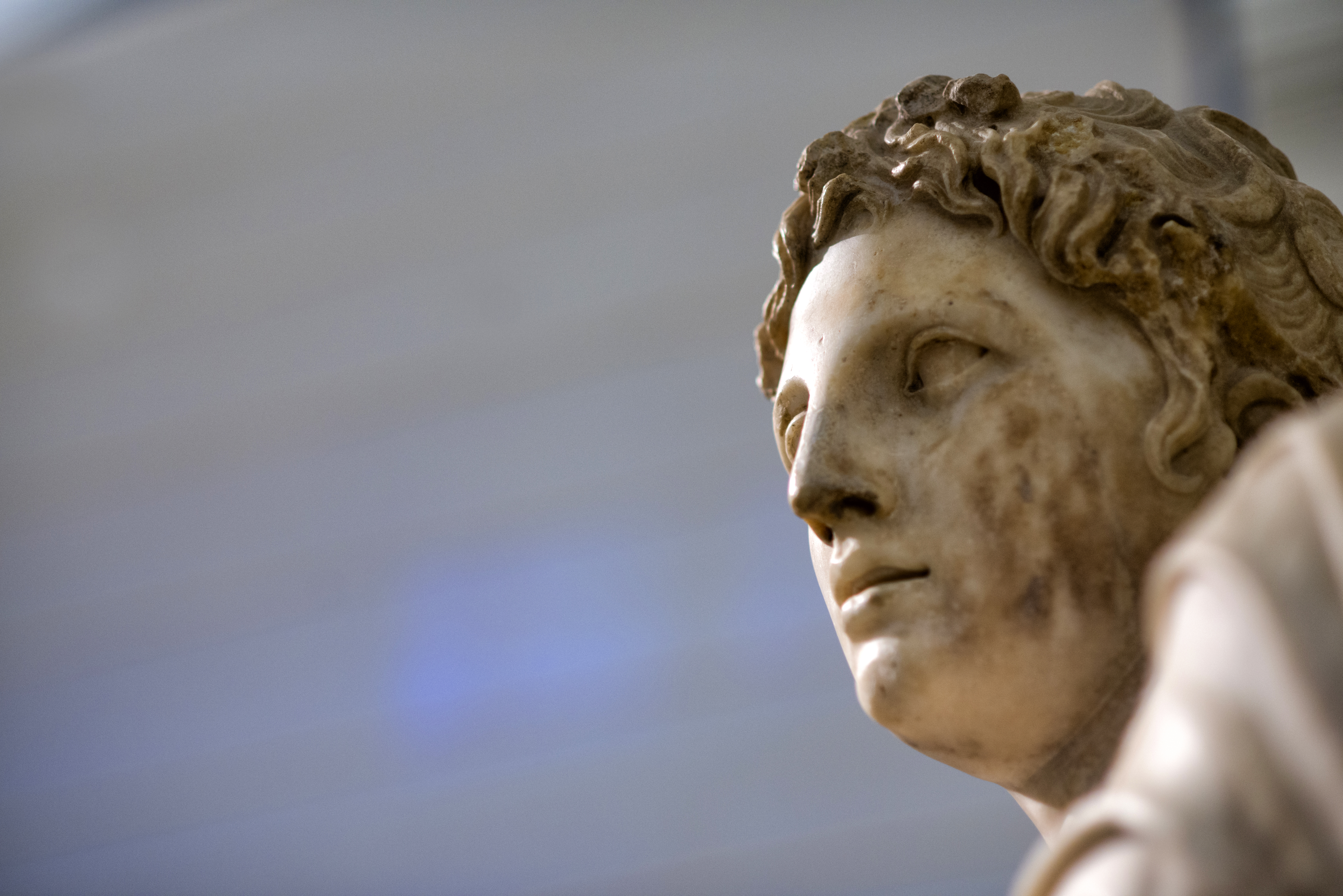
The museum on the hill of Capodimonte, established in 1957, boasts a historical origin linked to the birth of the independent Kingdom of the Two Sicilies.

From the top of the Vomero Hill, Castel Sant’Elmo dominates the whole city and represents an ideal observation point of its entire gulf. It was precisely the strategic position of the hill, anciently known as Paturcium, which from the 10th century housed the small church of Sant’Erasmo, that suggested to Robert of Anjou the idea of building a palatium castrum.

It is the most famous Castle in Naples, symbol of the city, and is the most recent of all. It is not explained by the name “Maschio Angioino” with which we know it nowadays, but with the obsolete name that, in an eloquent way, identified it compared to the others when it was built: Castel Nuovo (“New Castle”).
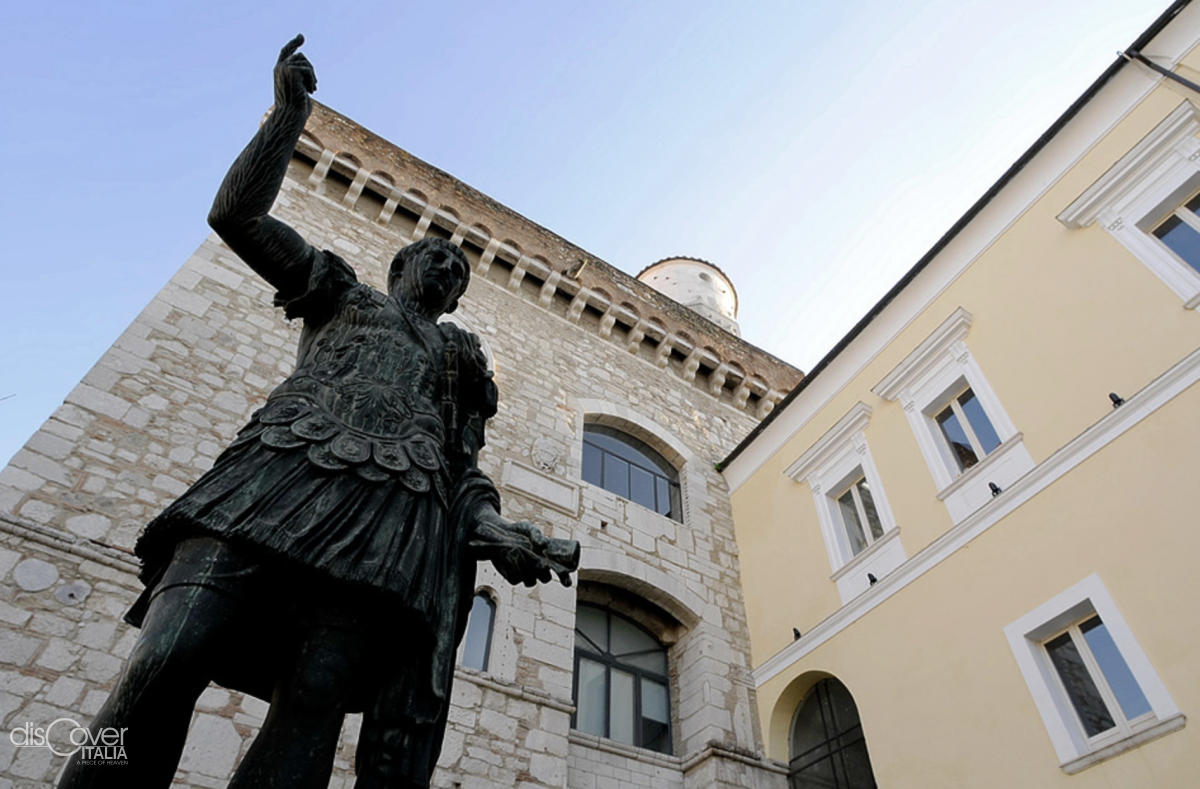
Higher building in the city. A prestigious location in the place known as the "court plane," once in a defensive and strategic point ofe view, now simply for the beauty of the landscape admired from there.

The main museum of the city, Museo del Sannio, is divided into four sections: archeology, medieval, art and history. Located in different locations, all of great historical value.
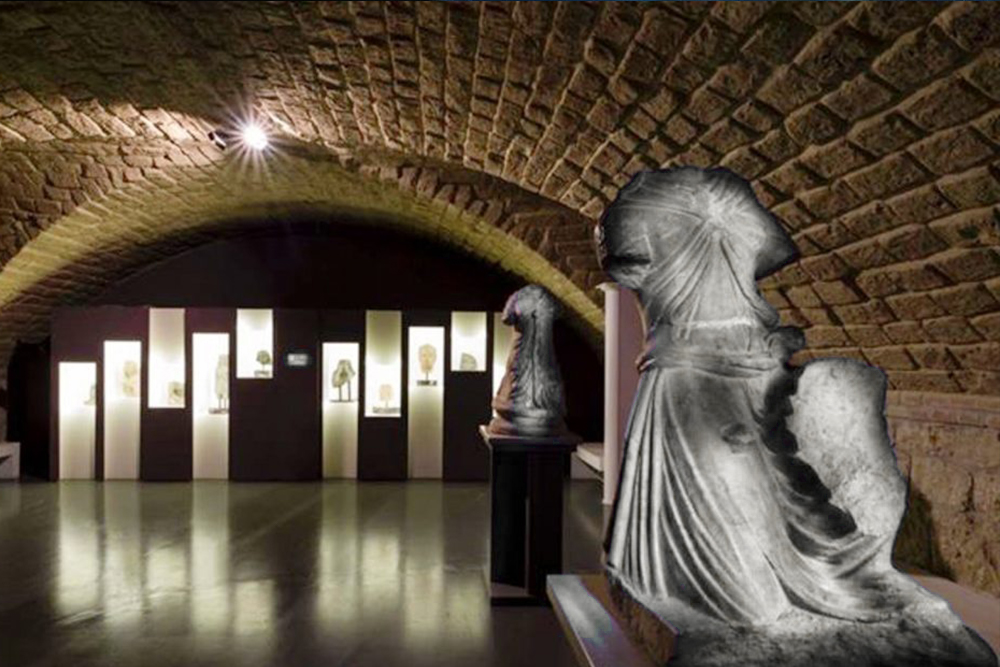
It’s only a Museum of Contemporary Art according to its name, but in reality, this small museum in the basement of the Government Palace in central Corso Garibaldi offers a surprising exhibition inside.

An early medieval church that has been deconsecrated for three centuries, a building from the second century A.D. with even older evidence: this is the monumental complex of Sant'Ilario in Port'Aurea, because located in the immediate vicinity of Porta Aurea, as the Trajan's Arch was renamed in the Longobards era.
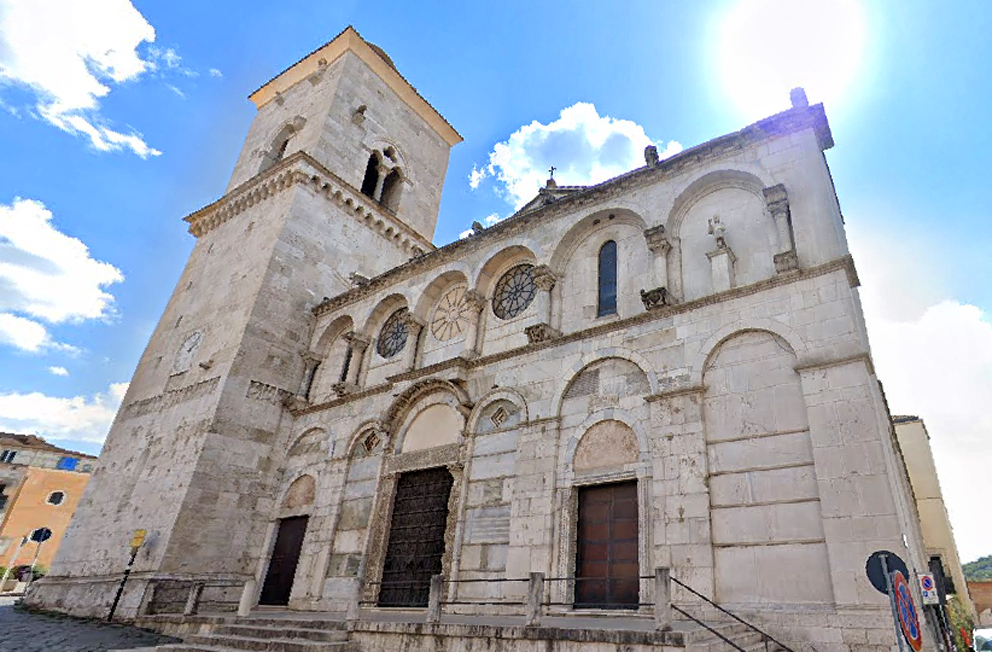
The underground floor of the cathedral, a mine of archeological informations about the life of the population of Benevento following one another from Prehistory to Middle Age.

In the ancient religious complex of San Felice, in the 17th-century Capuchin convent, transformed into a prison after the unification of Italy, the Archaeological Superintendency has now its seat.
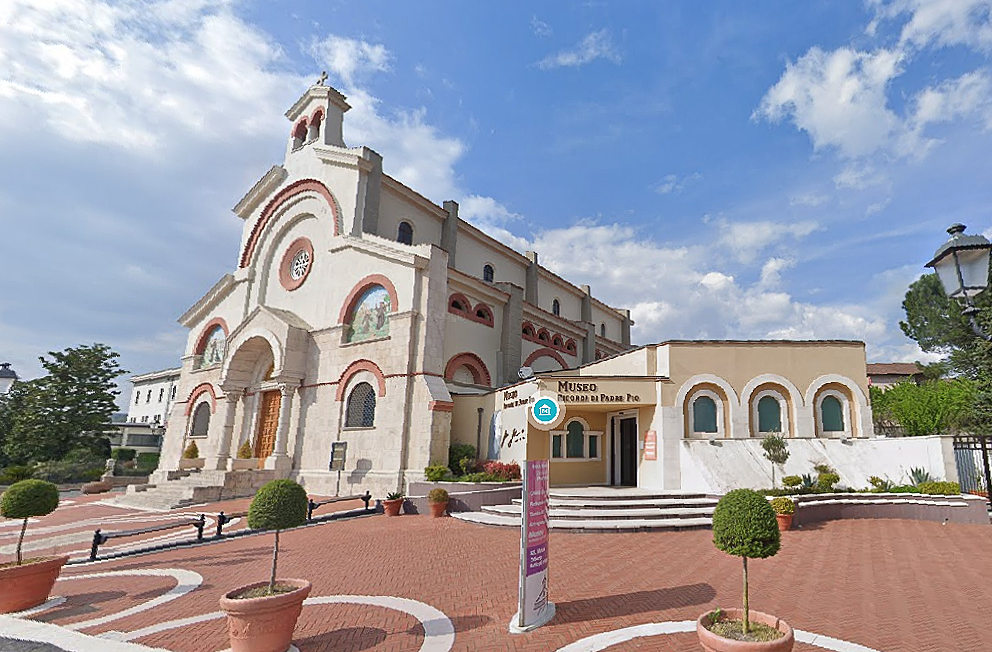
Located right next to the Capuchin convent to which it is connected, there are exhibited numerous items of daily us, property of the Saint of Pietrelcina, who was elected priest in Benevento.
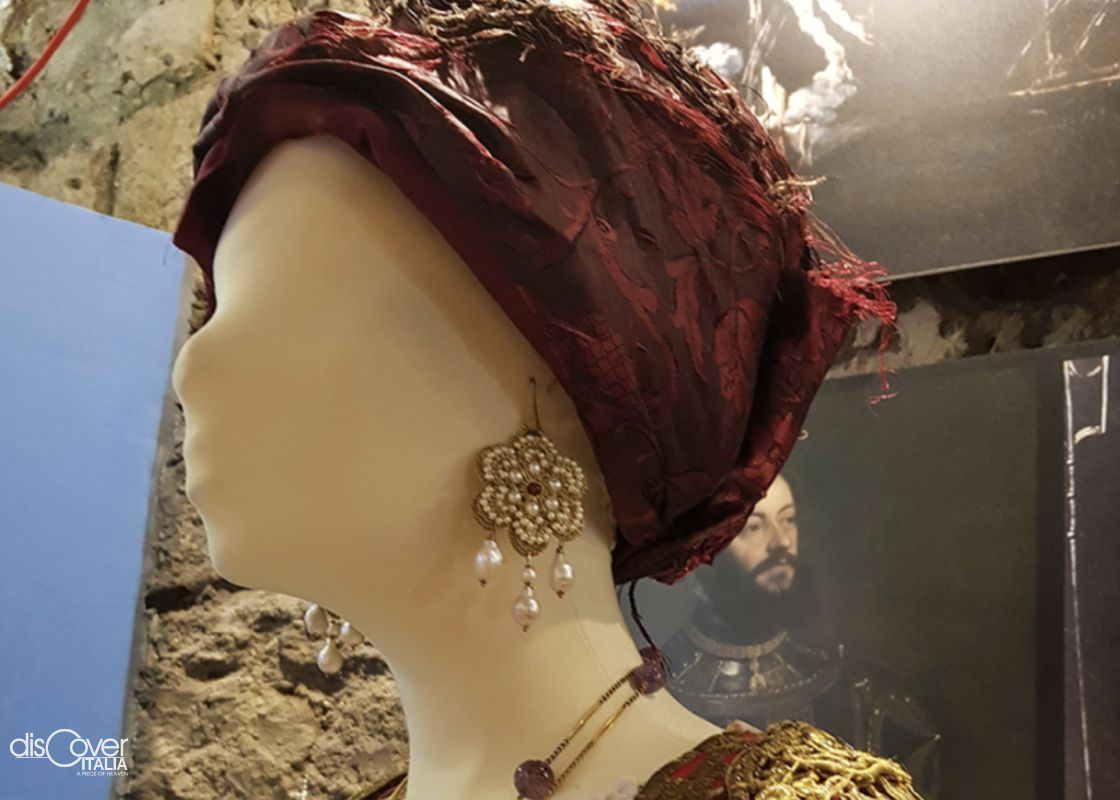
To the protagonist of Lamartine’s famous novel, a classic of Romanticism, since 1939, has been dedicated a competition to identify “Graziella” among the young women of Procida who, for the occasion wear the rich and traditional dress, handed down from generation to generation, described with great precision by Lamartine in his work set in the Procida of the early nineteenth century.

A journey backwards in time. Until the Cretaceous, 110 million years ago, when on the slope of the Matese, where Pietraroja rises, the lagoon was expanded.
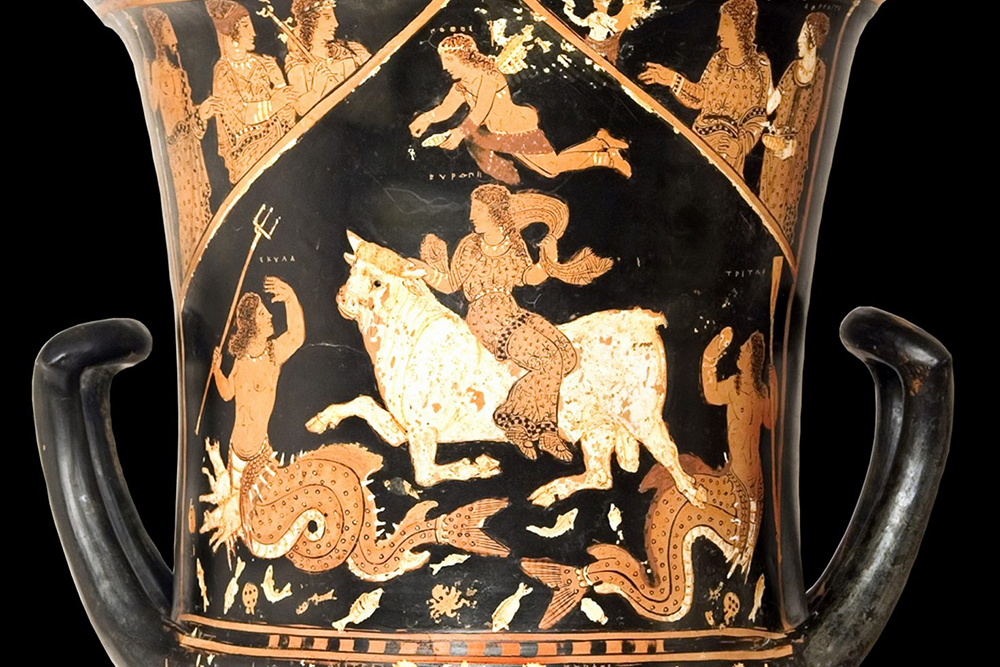
The National Archaeological Museum of Sannio Caudino has its seat in the Castle of Montesarchio, with the findings of funerary objects dating back to the 10th/9th century and the Roman era, found in the necropolis of Caudium, Saticula (Sant'Agata de 'Goti) and Telesia (San Salvatore Telesino).
Copyright © 2025 - All rights reserved. Any type of reproduction, even partial, without permission is strictly forbidden.
